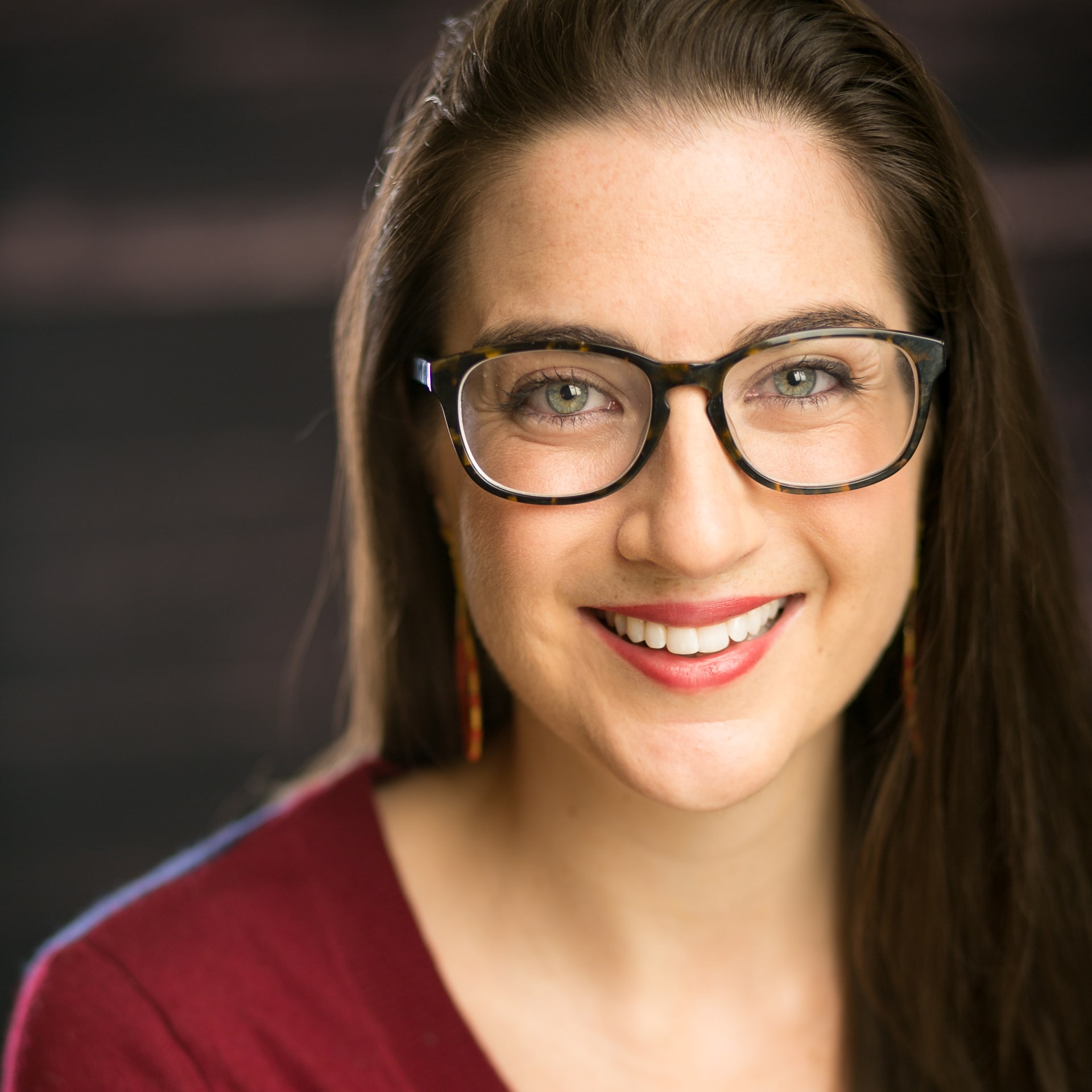It’s tempting to focus on faculty- and teacher-student relationships at the core of schools. And for good reason. Educators remain the leading in-school driver of student success. But it turns out that there are other relationships beyond that core that can offer real value to students and can bolster outcomes for institutions. The reality is that teachers shouldn’t go it alone.
Beyond clear academic research on teacher impact on academic outcomes, other research from youth development and social capital scholars points to relationships more broadly as core determinants of students’ chances of getting by and getting ahead. The takeaway is clear: students will most benefit from a web of connections supporting their healthy development, academic success, and access to opportunity. Here are three types of connections that schools could be forging to expand students’ webs of relationships:
1. Senior citizens as tutors, career mentors… and roommates?
At the same time that the country is witnessing mounting levels of loneliness and isolation among aging populations, schools are facing an acute need for access to caring adults and mentors among young people. Unfortunately, squaring that supply and demand (in both directions) is not a given. In fact, many of our systems and cultural institutions—from schools to neighborhoods, to senior living facilities—have inadvertently segregated young and old.
Luckily a number of programs, like those chronicled in Marc Freedman’s great book How to Live Forever, are aiming for an integrated win-win. In K-12 schools, high schools are considering ways to open their doors to community- and work-based learning programs and bringing more adults into schools as tutors and mentors. For example, Encore offers low-cost fellows—often on their second or third careers—to work for social sector organizations that need support, ushering in a model that could disrupt the limitations of stubbornly age-segregated professional networks.
Other models are starting to connect postsecondary students and older populations in creative ways. For example, at Judson Manor in Cleveland, graduate students live alongside senior citizens. Others like Nesterly have taken this notion of cohabitation a step further, creating a two-sided tech platform to match older residents with graduate students, all of whom are eager for affordable housing—and company.
2. Industry experts as inspirers, mentors, and professional contacts
Connecting work and school is not a new challenge, but it’s an area that innovative models are starting to arise that broker more relationships between professionals and students who might otherwise not meet. In many cases, virtual platforms are making these industry connections more affordable and accessible to more students.
For example, as schools are increasingly pressured to offer non-core classes in bourgeoning fields like computer science and coding, industry professionals are becoming a critical learning resource in offering expertise that classroom teachers traditionally have neither the time nor the skills to match. Take Skype in the Classroom (owned by Microsoft) which brings experts into classrooms over Skype’s video technology, many of whom hail from Microsoft itself. Sandy Gady, a design and engineering teacher in Highline Public Schools, a district outside of Seattle, Wash., has used the program to introduce her students to experts and career paths that they otherwise might not be exposed to. In Gady’s estimation, part of her job as a teacher is to “allow kids [in Highline] to be on equal par with richer school districts,” and that comes down to exposure to resources beyond their classrooms and neighborhoods.
Industry experts can also provide broad career guidance in order to expand students’ horizons. For example, the nonprofit iCouldBe brings online mentors from all career backgrounds into classrooms where 50-100% of students live at or below the poverty line. Mentors and students engage on a technology platform and work one-to-one throughout the school year on structured activities focused on academic success, career exploration, and post-secondary planning. iCouldBe’s program has shown promising outcomes of increased mentee self-efficacy and expanded career aspirations, as well as developing networking, communication, writing, teamwork, relationship-building, and other critical hard and soft 21st Century skills.
Other models cropping up in the postsecondary market go beyond just career exposure and guidance to unlock real-world industry experiences. For example, Parker Dewey launched a new initiative, Gigs for Good, aimed at helping college students from underrepresented populations tap into the platform’s so-called micro-internship opportunities. For many concerned about access to high-quality work, ‘gig’ and ‘good’ in the same breath may sound like an oxymoron. But more flexible, brief opportunities for accruing meaningful work experience during college could mark an important stride in addressing stubborn opportunity gaps. Micro-internships like these can efficiently diversify and expand networks and experiences, especially for low-income students, in a manner that buffers against the unknowns of a fast-changing labor market and expands students’ longer-run options.
3. Near-peers as supporters, motivators, and lower-stakes advisors
Supportive, trusting relationships with coaches, mentors, and role models not only help with student retention and degree attainment, but also in achieving success in the workforce. A number of organizations are making strides to put more near-peers—those of close age and often with a shared background—in reach to more students.
For example, Gap Inc.’s This Way Ahead program places young people in high school and beyond—that it calls ‘associates’—in first jobs in Gap Inc. stores and distribution centers. The program pairs prospective associates with experts in youth development who provide ‘anchor’ caring relationships. From there, This Way Ahead fills in the rest of a ‘web of support’ from their stores. This approach goes beyond many workforce development models: beyond just pairing associates with supervisors, Gap Inc. ensures that these new employees also have access to what the company calls a ‘Big Sib’. Although connecting with managers and Store Leaders offer new associates access to guidance, these big sib near-peer mentors can offer lower-stakes, more relatable advice. An associate can ask her Big Sib about anything she might not want to ask her manager (i.e. dress code or professional etiquette). The Big Sib is also encouraged to check in with associates during scheduled breaks and to specifically ask what’s going well and what is most challenging. In turn, the This Way Ahead model facilitates new peer and employer networks for young people to rely on as they apply for, enter into and, ideally, sustain gainful employment. On average, alumni stay at the company twice as long as their peers not in the program. These associates tend to keep the same manager and develop a strong network within their store thanks to ‘big sibs’ and near-peers.
Other organizations, like the nonprofit Beyond 12 offer virtual near-peer coaches to low-income, first-generation, and historically underrepresented students to support them through college. The Beyond 12 model stands apart from many technologies in the postsecondary retention market that gradually automate away relationships as services expand. Instead, Beyond 12’s team is building out sophisticated data analytics and chatbots that amplify and scale student-coach relationships. “We believe that a high-tech, high-touch solution is the key to achieving social impact at scale,” said Alexandra Bernadotte, Beyond 12’s Founder and CEO. Although its near-peer coaches work with a caseload of more than 100 students, by recruiting coaches right out of college who share experiences and backgrounds the students it serves, the model can expedite the rate at which trust is built to support students through college.
A version of this piece originally appeared on Diverse: Issues In Higher Education.



